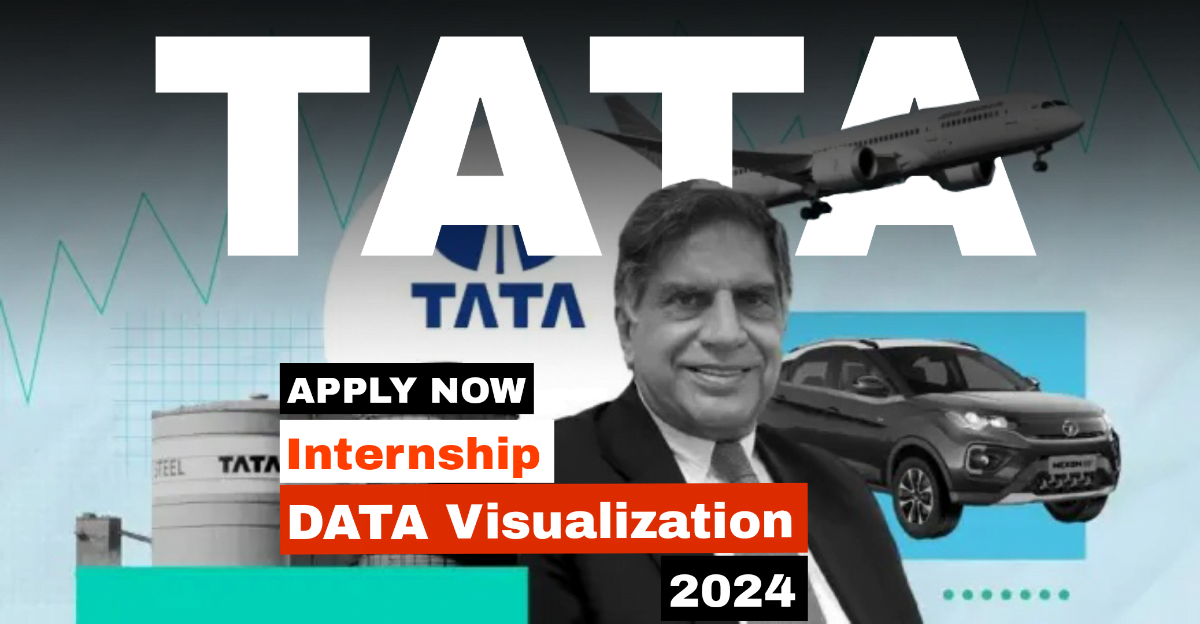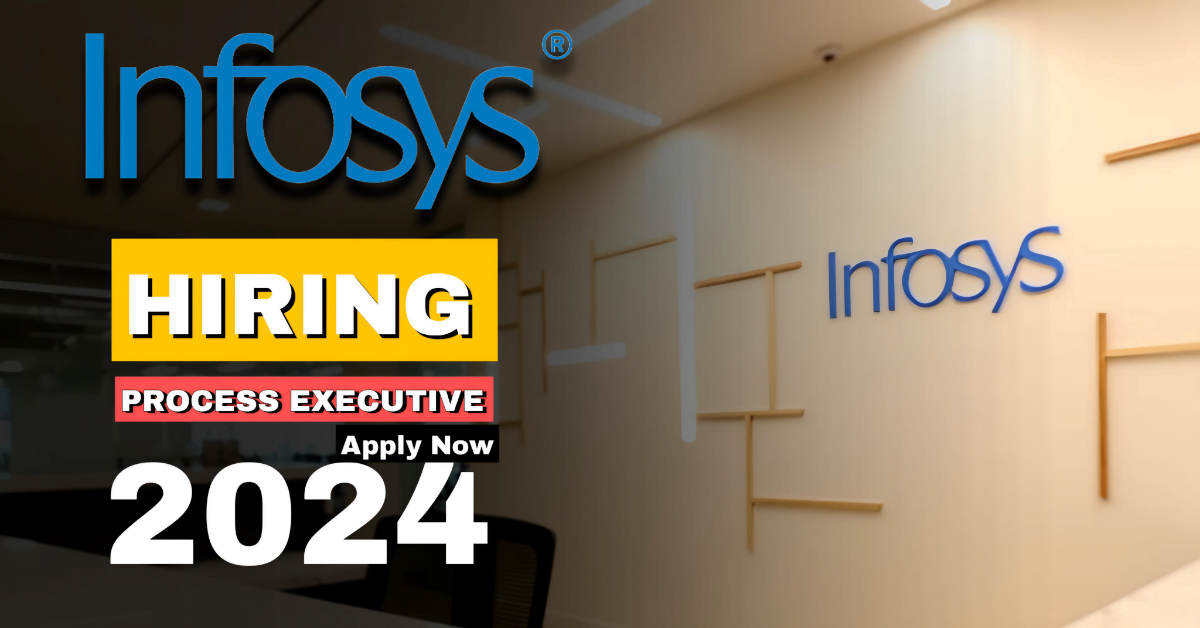PMAY Home Loan Subsidy 2024 Eligibility and Benefits
PMAY Home Loan Subsidy 2024

PMAY Home Loan Subsidy 2024 Eligibility and Benefits
PMAY Home Loan Subsidy 2024: Eligibility, Benefits, and Banks Offering the Scheme
In recent years, there has been a significant increase in the demand for home loans across India. This surge can be attributed to the availability of affordable housing loans offered by major banks and financial institutions. Recognizing this trend and aiming to assist homebuyers, the Government of India introduced the Pradhan Mantri Awas Yojna (PMAY) in 2015, a home loan subsidy scheme. Originally targeting to provide every household in India with a pucca house by 2022, the scheme has now been extended until 2024. One can use a PMAY subsidy calculator to determine the exact subsidy amount they are eligible for under the PMAY scheme.(PMAY Home Loan Subsidy 2024 Eligibility and Benefits)
What is the Credit Linked Subsidy Scheme (CLSS)?
The PMAY scheme provides a subsidy on home loans by the government to individuals who meet specific criteria. The subsidy on home loan interest under the PMAY scheme is offered through the Credit Linked Subsidy Scheme (CLSS), which is a part of PMAY. (Home Loan Subsidy 2024 Eligibility and Benefits) The CLSS scheme offers government subsidies on home loans to applicants falling under the following income categories:
- Middle Income Group II (MIG II)
- Middle Income Group I (MIG I)
- Economically Weaker Section (EWS) / Low Income Group (LIG)
- Revised EWS / LIG
Home Loan Subsidy Eligibility Criteria:
| Beneficiary | Annual Income |
|---|---|
| Middle Income Group II (MIG II) | ₹12 lakh to ₹18 lakh |
| Middle Income Group I (MIG I) | ₹6 lakh to ₹12 lakh |
| Lower Income Group (LIG) | ₹3 lakh to ₹6 lakh |
| Economically Weaker Section (EWS) | Up to ₹3 lakh |
Additionally, individuals belonging to Scheduled Tribes (ST), Scheduled Castes (SC), and Other Backward Classes (OBC) are also eligible under this scheme. Furthermore, there is a provision for subsidy on home loans for women belonging to the LIG and EWS income groups. Individuals can use a home loan eligibility calculator to check their eligibility for the PMAY scheme easily.(PMAY Home Loan Subsidy 2024 Eligibility and Benefits)
PMAY Home Loan Subsidy 2024 Categorization:
| Category | Interest Subsidy | Maximum Loan for Subsidy |
|---|---|---|
| MIG II | 3.00% p.a. | ₹12 lakh |
| MIG I | 4.00% p.a. | ₹9 lakh |
| LIG | 6.50% p.a. | ₹6 lakh |
Under the MIG II category, individuals can avail housing loan subsidies on a maximum loan amount of ₹12 lakh with a subsidy interest rate of 3% p.a. The maximum loan tenure for subsidy calculation is 20 years, and the maximum subsidy amount available under this scheme is ₹2.30 lakh.( PMAY Home Loan Subsidy 2024 Eligibility and Benefits)
For applicants belonging to the MIG I category, home loan subsidies are available at a rate of 4% on a maximum loan amount of ₹9 lakh. The maximum subsidy amount under this category is ₹2.35 lakh, with the maximum loan tenure considered for subsidy calculation being 20 years.
EWS/LIG individuals can avail themselves of a subsidy at a rate of 6.50% on a loan amount up to ₹6 lakh. The maximum subsidy loan amount available under this category is ₹2.67 lakh, with the maximum loan term for the subsidy on home loan interest rate being 20 years( PMAY Home Loan Subsidy 2024 Eligibility and Benefits).
10 Banks Offering Government Subsidy on Home Loans in India:
- State Bank of India
- Bank of India
- Bank of Baroda
- Axis Bank
- Punjab National Bank
- IDFC First Bank
- HDFC Bank
- Bandhan Bank
- Canara Bank
- IDBI Bank
If you are planning to avail of the best housing loans in India and fall under the EWS/LIG/MIG I/MIG II income categories, you can easily access an interest subsidy on your house loan under the PMAY scheme of the Government of India.
In conclusion, the PMAY scheme offers a substantial subsidy on home loans, making it easier for individuals across income categories to fulfill their dream of owning a home. By understanding the eligibility criteria and benefits of the scheme, potential homebuyers can take advantage of this government initiative to make homeownership more affordable and accessible.( PMAY Home Loan Subsidy 2024 Eligibility and Benefits)

Table of Contents
You May Like This
Apply for Jobs Page:
We currently have a greater number of blog posts available for viewing. We encourage you to look and consider applying for any job positions that interest you. We have more blog posts please check and apply for jobs: Apply For Jobs
Improve Yourself:
We are happy to announce that we have a complete Java course covering all the important topics. Please visit the link below for more information and to enroll in the course. We offer the entire Java course. Visit the link for more details. please check out the Link: Java












Leave a Reply